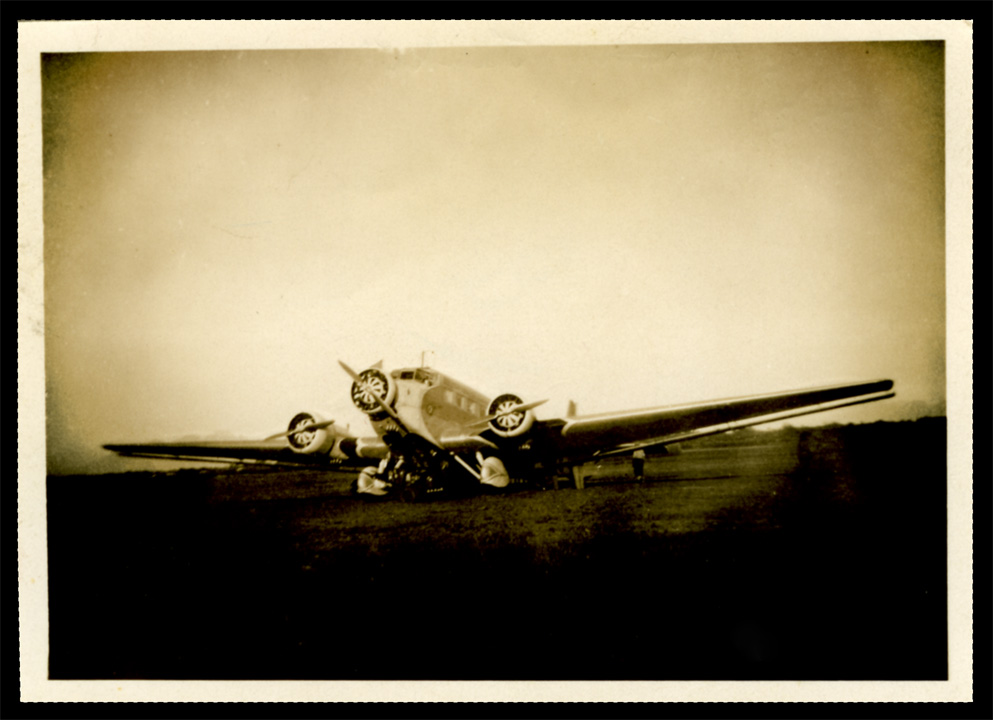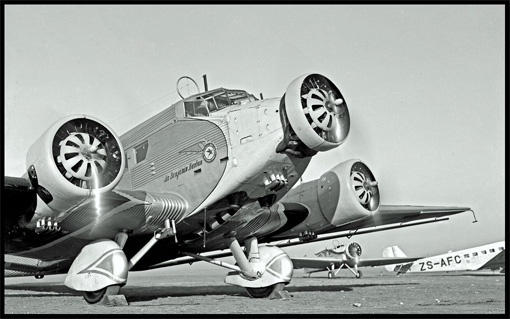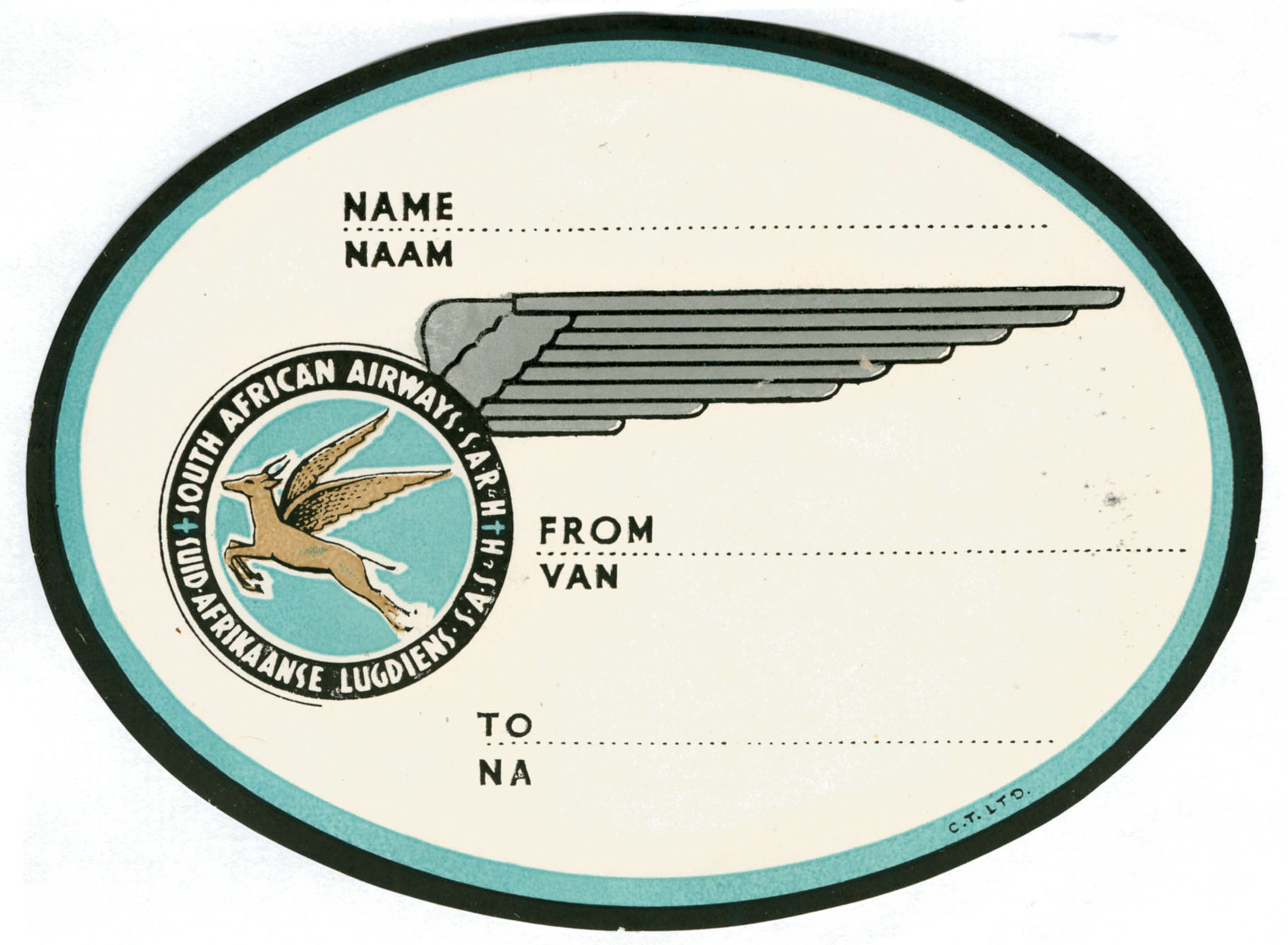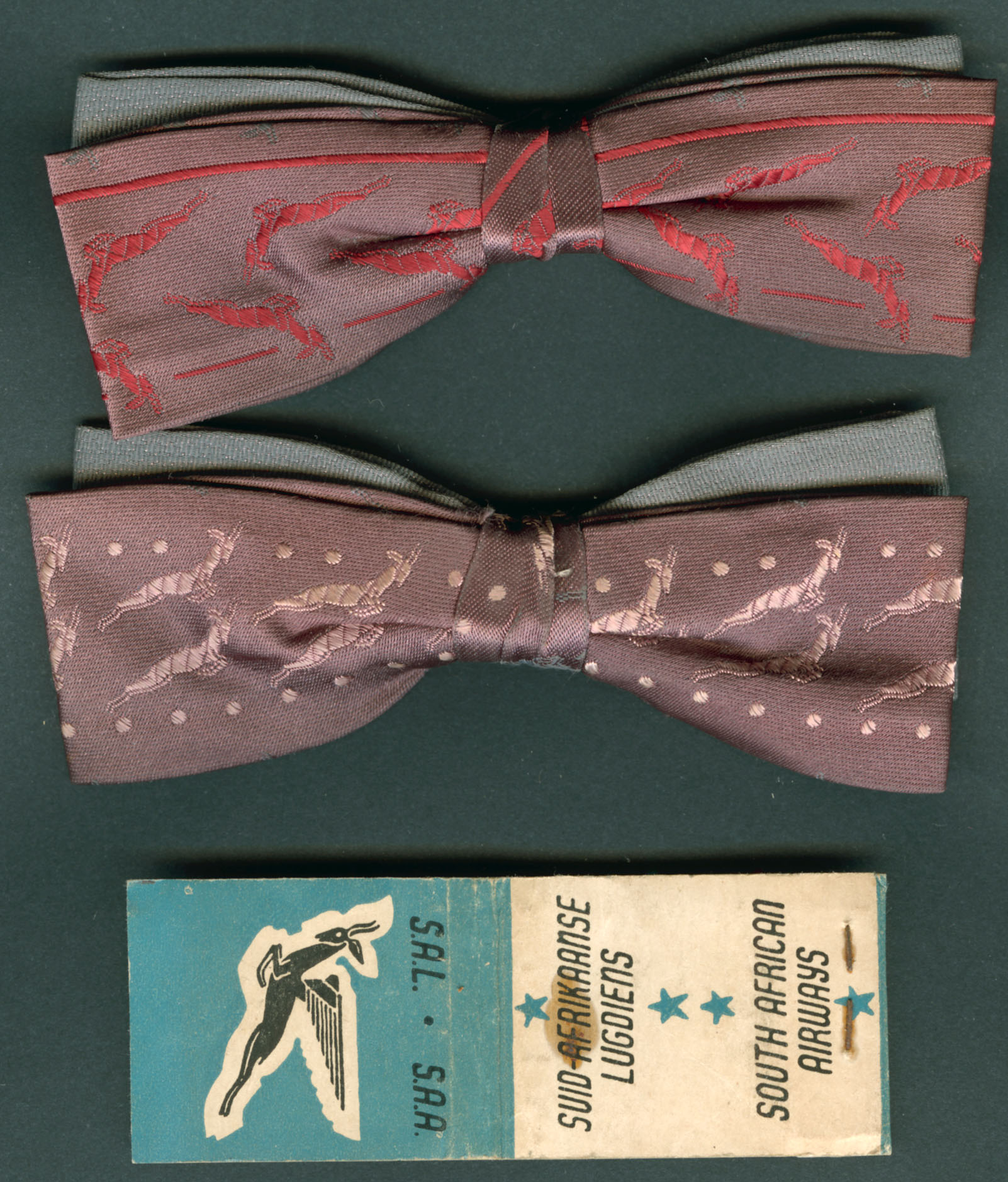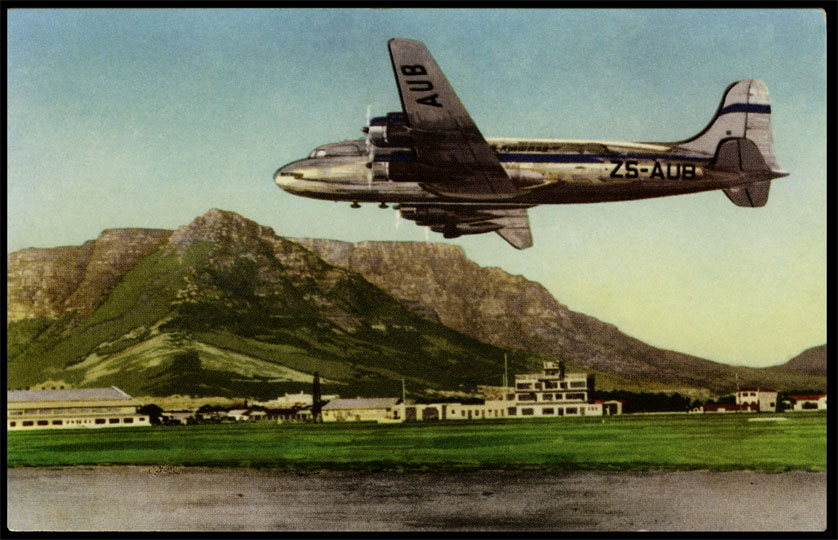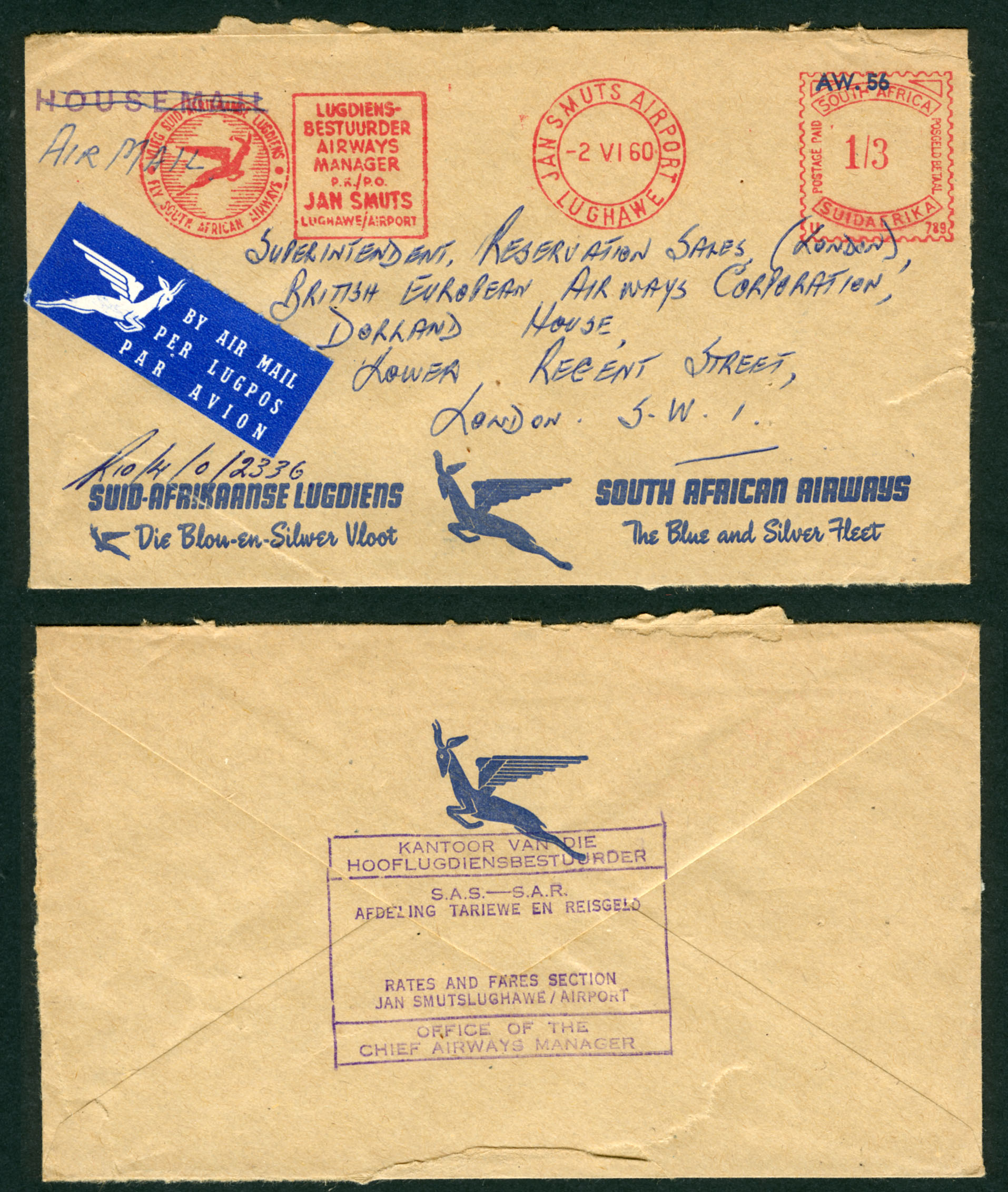South African Airways Ephemera
Quote from Steve on February 11, 2023, 4:33 pmI was going to tack this on to an existing post but though better of it because that was exclusively about the first airmail flight that 'crashed' twice. Rather than sully that with my digression I add it in here for what it is worth. But first, anyone want ing a good and visually pleasing introduction to South Africa's fisrt airmails should take a look at Danie van Zyl's display. See: https://southafricanphilatelyclub.com/3d-flip-book/airplanes-airmail-in-south-africa
Previously I said that the pre-war SA government was pro-German. Prime Minister JBM Hertzog would have disagreed, his standard argument being that he was simply anti-British imperialism, not pro-German or even anti-British. Whatever... his government chose to import aircraft from Nazi Germany for the SAA (South African Airways) fleet.
In October 1934 SAA (South African Airways) received three Junkers Ju 52/3m aircraft configured to carry 14 passengers and four crew. These allowed SAA to intiate three weekly flights from Durban–Johannesburg and weekly services on the Durban–East London–Port Elizabeth–George/Mossel Bay–Cape Town route. The solid and reliable Junkers 52 would prove to be an excellent if slow aircraft.
When it became clear that Johannesburg was the country's obvious aviation hub, SAA moved its operations to Rand Airport on 1st July 1935. This coincided with the launching of Johannesburg–Durban–East London–Port Elizabeth–Cape Town services. In April 1936, all Rand–Cape Town services were taken over from Imperial Airways and in July of that year a weekly Rand–Kimberley–Beaufort West–Cape Town service began. The expanded services required more aircraft and a fourth Ju 52/3m soon joined the fleet.
Eventually a further ten Ju 52/3m aircraft and 18 Junkers Ju 86s were ordered from Germany along with seven Airspeed Envoys (four for the airline and three for the South African Air Force) from Britain. This gave SAA a total of 11 Ju 52s, (the first three being sold as newer Ju 52s arrived). This number was reduced to 10 when SAA suffered its first fatal accident, a crash on takeoff from Rand Airport, in July 1937. From 1 February 1934 until the start of World War II on 1 September 1939, SAA carried 118,822 passengers. The 3,278 tons of airmail and 248 tons of cargo was largely carried at this time in the Airspeed Envoys, a light transport aircraft.
Here are a few images of SAA planes, a luggage label, bow-ties,a match booklert and a more modern postcard, some before and after WW2. Please add your offerings. As you can see, anything goes, old and modern. Lets have lift-off.
1]. Snapshot of Ju 52 bought at UK carboot sale for 20p. 'South Africa' on reverse. Similar details to the next photo.
2]. Sir Benjamin Durban. Note design on nose and logo on side, same as above. The colours are light blue and silver.
3]. SAA Luggage Label. Date uncertain. Possibly pre-war as the 'Flying Springbok' appears on both planes above.
4]. SAA ground staff / cabin crew bow ties and used Match Booklet. Used. (The Lion Match Co. Cape Town).
5]. Circa 1946. Postcard. 'SAA Skymaster, Wingfield Aerodrome, CT'. Bilingual. Unused, undated. ZS-AUB 'Outeniqua'
I was going to tack this on to an existing post but though better of it because that was exclusively about the first airmail flight that 'crashed' twice. Rather than sully that with my digression I add it in here for what it is worth. But first, anyone want ing a good and visually pleasing introduction to South Africa's fisrt airmails should take a look at Danie van Zyl's display. See: https://southafricanphilatelyclub.com/3d-flip-book/airplanes-airmail-in-south-africa
Previously I said that the pre-war SA government was pro-German. Prime Minister JBM Hertzog would have disagreed, his standard argument being that he was simply anti-British imperialism, not pro-German or even anti-British. Whatever... his government chose to import aircraft from Nazi Germany for the SAA (South African Airways) fleet.
In October 1934 SAA (South African Airways) received three Junkers Ju 52/3m aircraft configured to carry 14 passengers and four crew. These allowed SAA to intiate three weekly flights from Durban–Johannesburg and weekly services on the Durban–East London–Port Elizabeth–George/Mossel Bay–Cape Town route. The solid and reliable Junkers 52 would prove to be an excellent if slow aircraft.
When it became clear that Johannesburg was the country's obvious aviation hub, SAA moved its operations to Rand Airport on 1st July 1935. This coincided with the launching of Johannesburg–Durban–East London–Port Elizabeth–Cape Town services. In April 1936, all Rand–Cape Town services were taken over from Imperial Airways and in July of that year a weekly Rand–Kimberley–Beaufort West–Cape Town service began. The expanded services required more aircraft and a fourth Ju 52/3m soon joined the fleet.
Eventually a further ten Ju 52/3m aircraft and 18 Junkers Ju 86s were ordered from Germany along with seven Airspeed Envoys (four for the airline and three for the South African Air Force) from Britain. This gave SAA a total of 11 Ju 52s, (the first three being sold as newer Ju 52s arrived). This number was reduced to 10 when SAA suffered its first fatal accident, a crash on takeoff from Rand Airport, in July 1937. From 1 February 1934 until the start of World War II on 1 September 1939, SAA carried 118,822 passengers. The 3,278 tons of airmail and 248 tons of cargo was largely carried at this time in the Airspeed Envoys, a light transport aircraft.
Here are a few images of SAA planes, a luggage label, bow-ties,a match booklert and a more modern postcard, some before and after WW2. Please add your offerings. As you can see, anything goes, old and modern. Lets have lift-off.
1]. Snapshot of Ju 52 bought at UK carboot sale for 20p. 'South Africa' on reverse. Similar details to the next photo.
2]. Sir Benjamin Durban. Note design on nose and logo on side, same as above. The colours are light blue and silver.
3]. SAA Luggage Label. Date uncertain. Possibly pre-war as the 'Flying Springbok' appears on both planes above.
4]. SAA ground staff / cabin crew bow ties and used Match Booklet. Used. (The Lion Match Co. Cape Town).
5]. Circa 1946. Postcard. 'SAA Skymaster, Wingfield Aerodrome, CT'. Bilingual. Unused, undated. ZS-AUB 'Outeniqua'
Uploaded files:
Quote from Steve on February 11, 2023, 4:50 pmThought this was nice enough to include. Modern but nice! Note that in the early 1960s SAA was continuing to promote itself as "The Blue and Silver Fleet", as per its liverie and the promotional items above.
Thought this was nice enough to include. Modern but nice! Note that in the early 1960s SAA was continuing to promote itself as "The Blue and Silver Fleet", as per its liverie and the promotional items above.
Uploaded files:
